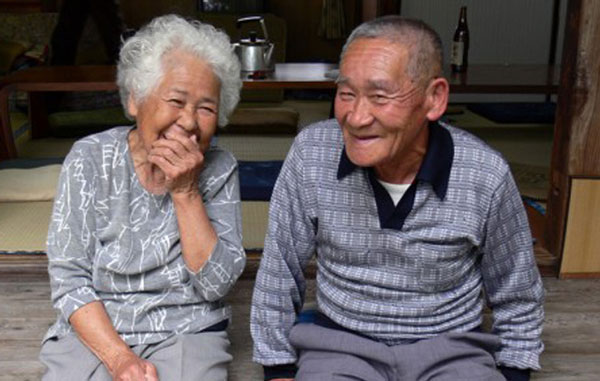
United Nations, USA | Xinhua | The United Nations calls on countries to rethink policies and expand opportunities as the world ages, the world body said in a new report launched on Thursday.
The World Social Report 2023 recommends that countries “rethink long-held policies and practices associated with livelihoods and work” at a time when the number of people aged 65 and over projected to more than double by the middle of the century.
Population ageing is a defining global trend of our time, according to the study, published by the UN Department of Economic and Social Affairs.
Countries can reap the benefits by giving everyone the chance to grow older in good health by promoting equal opportunities from birth.
“Together, we can address today’s inequalities for the benefit of tomorrow’s generations, managing the challenges and capitalizing on the opportunities that population ageing brings,” said Li Junhua, the UN under-secretary-general for economic and social affairs.
In 2021, 761 million people worldwide were aged 65 and older, which will rise to 1.6 billion by 2050. The number of people aged 80 years or older is growing even faster.
People are living longer thanks to improvements in health and medical therapies, greater access to education and reductions in fertility.
The number of people 65+ will reach 1.6 billion by 2050.
Increased global life expectancy reflects better health overall but not everyone has benefited, a @UNDESA report shows.https://t.co/NzWG3COKGp
— UN News (@UN_News_Centre) January 12, 2023
Globally, a child born in 2021 can expect to live, on average, to age 71, with women living longer than men. This is nearly 25 years more than a baby born in 1950.
Northern Africa, Western Asia and sub-Saharan Africa, are on track to experience the fastest growth in the number of older people over the next 30 years. Today, Europe and Northern America combined have the highest share of this population.
Increased global life expectancy reflects better health overall.
However, the report points to inequalities in the ageing world, because not everyone has benefited equally from the improvements in health and education that are driving this transformation.
While many older people are in excellent health or “economically active,” others live with ailments or in poverty.
In more developed regions, pensions and other public transfer systems provide over two thirds of the consumption by older persons. Their counterparts in less developed regions tend to work longer and rely more on accumulated assets or family assistance.
Furthermore, an ageing global population also means a rise in the need for long-term care, a weakness exposed during the COVID-19 pandemic. Unfortunately, public spending in most countries has not been sufficient to cover the growing demand.

Life expectancy is strongly influenced by factors such as income, education, gender, ethnicity and place of residence.
“Some combinations of these factors have too often led to systemic disadvantage that begins early in life,” the authors noted.
They warned that without policies to prevent them, these systemic disadvantages reinforce one another throughout peoples’ lives, leading to gaping disparities in old age.
As a result, progress towards achieving the 17 Sustainable Development Goals (SDGs) could be at risk, expressly SDG 10 on Reducing Inequalities.
Authorities must also rethink social protection systems, including pension provision.
“One major challenge is maintaining the fiscal sustainability of public pension systems while ensuring income security for all older persons, including workers in informal employment,” the authors said.
Other crucial elements involve expanding decent work opportunities for women and other groups traditionally excluded from the formal job market.
The aim is to secure their well-being when older, and to expand the productive capacity of the economy.
The informal care sector’s considerable contribution to the formal economy also should be properly recognized ad factored in, the analysis suggests.
According to the report, many governments are already introducing opportunities for life-long learning, as well as strengthening and taking full advantage of intergenerational workforces, and are introducing flexible retirement ages to accommodate a broad range of personal situations and preferences.
 The Independent Uganda: You get the Truth we Pay the Price
The Independent Uganda: You get the Truth we Pay the Price


